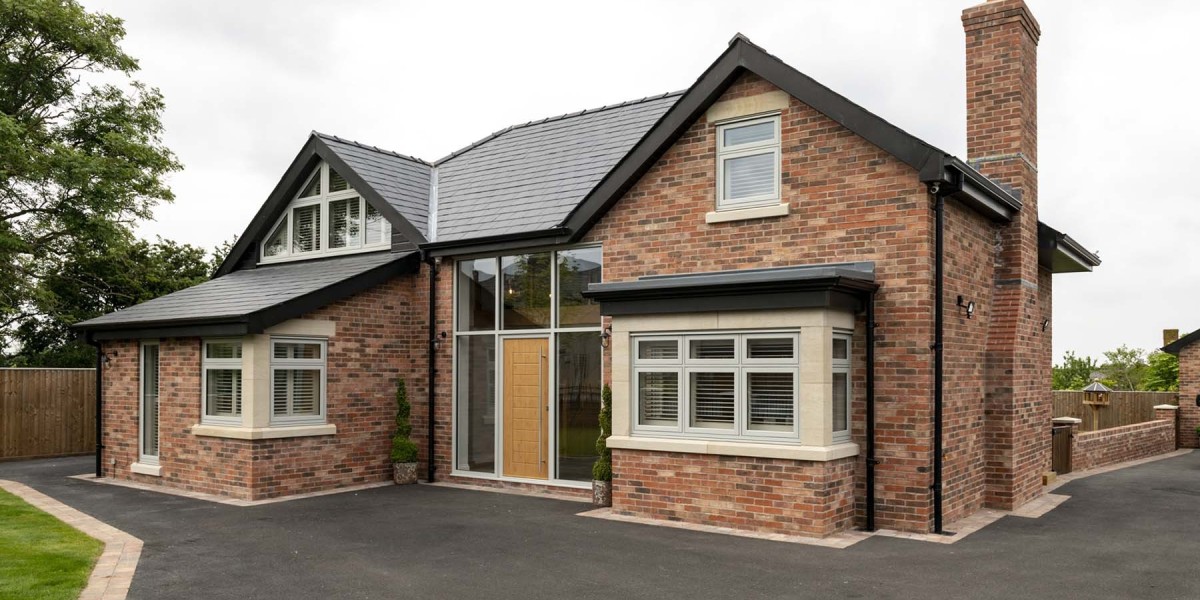Introduction
Technology has completely reshaped how we live, and one of the most exciting advancements in recent years is the smart home control system. Imagine controlling your lights, air conditioning, door locks, cameras, and even your coffee maker—all from your smartphone or with a simple voice command. That’s the convenience a smart home offers.
A smart home control system integrates multiple devices into a single, connected network that allows you to automate daily tasks, improve home security, and increase energy efficiency. It’s not just a luxury anymore—it’s quickly becoming a necessity for modern living.
What is a Smart Home Control System?
A smart home control system is a central platform that connects various smart devices and appliances in your home. It allows you to manage everything through a single interface—like a smartphone app, smart speaker, or touchscreen panel.
Whether you want to adjust the thermostat, dim the lights, check security cameras, or play music, a smart home system gives you total control. The system works through Wi-Fi, Bluetooth, or Zigbee technology, ensuring all your smart devices communicate seamlessly with each other.
Key Components of a Smart Home Control System
Smart Hub or Controller:
The brain of the smart home, a hub connects and manages all devices from one place. Popular options include Amazon Echo, Google Nest Hub, and Samsung SmartThings.Smart Lighting:
Control brightness, color, and timing through your phone or voice commands. Motion sensors can even turn lights on or off automatically.Smart Thermostats:
Devices like the Nest Learning Thermostat adjust your home’s temperature based on your habits, saving energy and improving comfort.Smart Security Systems:
From video doorbells to motion sensors and smart locks, these systems ensure your home is always secure, even when you’re away.Smart Appliances:
Refrigerators, washing machines, and ovens now connect to your system for remote control and efficiency tracking.Voice Assistants:
AI-powered assistants such as Alexa, Siri, and Google Assistant make your home interactive and hands-free.
Benefits of Using a Smart Home Control System
1. Convenience
You can control everything from one app—no need to walk from room to room. Whether you’re at work or on vacation, remote access lets you manage your home anytime, anywhere.
2. Energy Efficiency
Smart thermostats, lights, and appliances help reduce energy waste. By learning your routines, these devices optimize performance to cut down on electricity bills.
3. Enhanced Security
A smart home control system offers real-time surveillance and instant alerts. You can monitor security cameras, lock doors, and even talk to visitors via your video doorbell from your phone.
4. Comfort and Personalization
Want your home to adjust lighting and temperature automatically when you return from work? Smart systems learn your lifestyle patterns and create personalized comfort settings.
5. Increased Property Value
Homes equipped with smart technology are in high demand. Installing a smart home control system adds value and appeal to your property, making it attractive to future buyers.
How a Smart Home Control System Works
The process begins with a central hub that connects all devices. Each device—like lights, locks, or thermostats—communicates with this hub via wireless signals. The system can be managed through:
Mobile Apps: Control your entire home using your smartphone or tablet.
Voice Commands: Use assistants like Alexa or Google Assistant for hands-free operation.
Automation Rules: Set routines, such as “Turn off all lights at midnight” or “Start the coffee maker at 7 AM.”
Machine learning and artificial intelligence allow these systems to adapt and improve over time. For example, your thermostat might learn your daily schedule and automatically adjust the temperature for maximum comfort and efficiency.
Challenges and Considerations
While smart home systems are highly beneficial, they do come with a few challenges:
Compatibility Issues:
Not all devices work with every hub or app, so choosing compatible brands is essential.Cybersecurity Risks:
Since devices are connected to the internet, they can be vulnerable to hacking if not properly secured. Always use strong passwords and keep software updated.Cost:
High-quality devices and systems can be expensive initially, though the long-term energy savings often offset the cost.Complex Setup:
While many systems are user-friendly, setting up advanced automation might require professional installation or technical know-how.
Popular Smart Home Control Systems in 2025
Some of the most trusted smart home ecosystems available today include:
Google Home / Nest Hub
Amazon Alexa (Echo Devices)
Apple HomeKit
Samsung SmartThings
Control4 Smart Home System
These platforms offer a wide range of compatible devices, flexible automation options, and strong security features.
Future of Smart Home Technology
The future of smart home control systems looks brighter than ever. With advancements in AI, voice recognition, and IoT (Internet of Things), homes will become even more intelligent and intuitive.
Soon, your home may be able to:
Predict your needs before you ask.
Detect maintenance issues automatically.
Integrate seamlessly with electric cars and renewable energy sources.
In short, the modern smart home will evolve into a self-managing, eco-friendly, and highly secure living environment.
Conclusion
A smart home control system is more than just a technological trend—it’s a step toward smarter, safer, and more sustainable living. From saving energy to improving convenience and security, it transforms daily life into an experience of comfort and control.
Whether you start small with smart lighting or go all-in with a fully automated home, the benefits are clear. The future of living is connected—and the smart home control system is leading the way.








